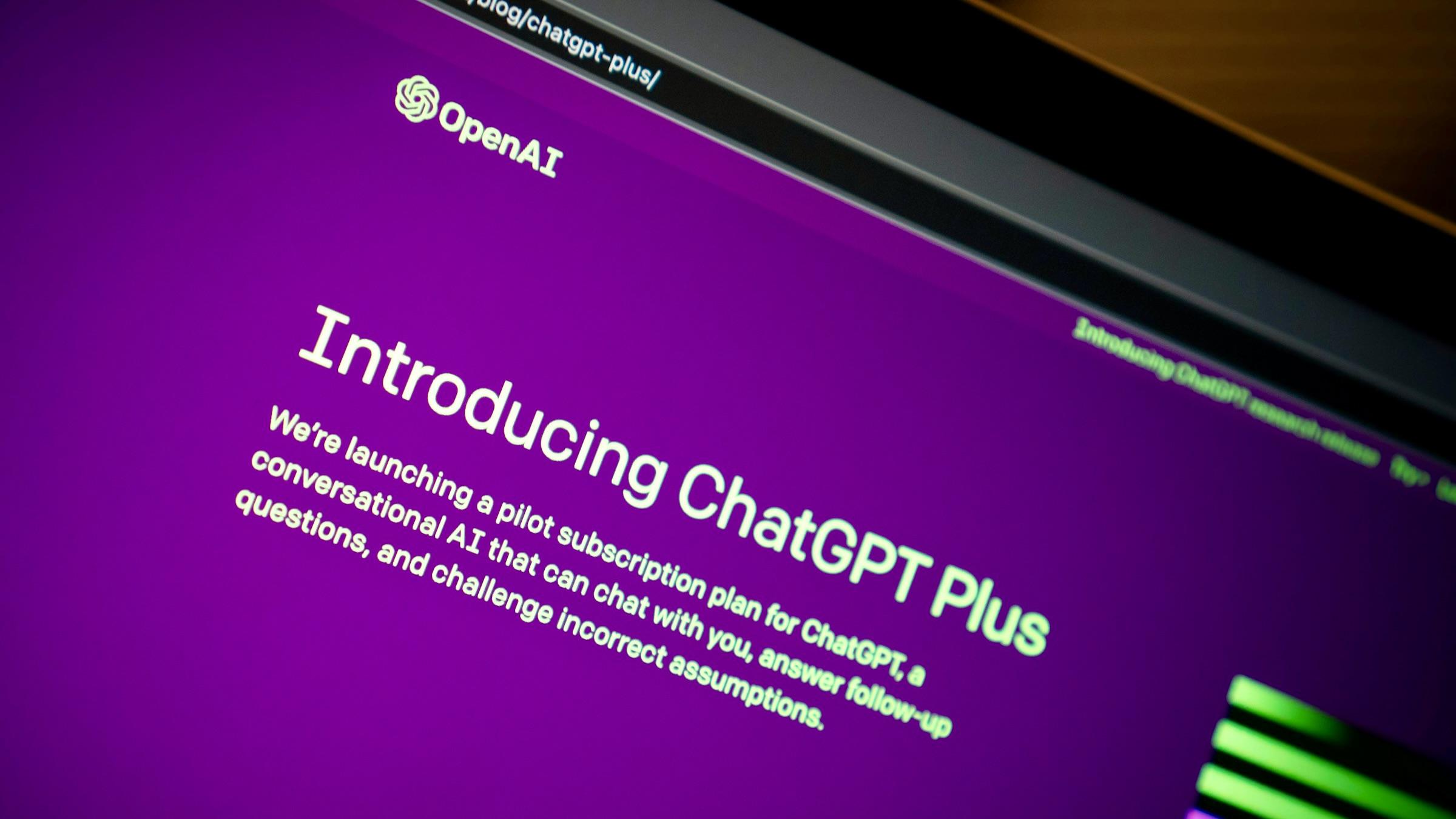OpenAI has launched its o1 model, part of the innovative Strawberry project, designed to enhance reasoning in AI. The o1 model surpasses previous versions, outperforming human PhDs in math and science, and delivering remarkable results in programming tasks.
OpenAI Unveils o1 and o1-mini Models
On Thursday, OpenAI, which has backing from Microsoft, announced the release of its "Strawberry" line of artificial intelligence models. These models are built to spend more time processing query replies in order to tackle challenging challenges.
The models, which were first reported by Reuters, can answer more difficult issues in science, coding, and arithmetic than earlier models, according to the AI firm's blog post.
o1 and o1-mini Unveiled as Part of Strawberry Project
Inside the company, OpenAI referred to the project as Strawberry, while the models that were unveiled on Thursday were called o1 and o1-mini. The business said on Thursday that the o1 will be accessible through ChatGPT and its API.
One of OpenAI's researchers, Noam Brown, who worked on ways to improve the models' reasoning, verified in an X post that the models were identical to the Strawberry project.
The o1 model outperformed its predecessor, GPT-4o, by 83% on the International Mathematics Olympiad qualification test, according to OpenAI's blog post.
AI Model Surpasses PhDs in Science and Coding Competitions
The business also boasted that the model outperformed humans with PhD degrees on a standard set of scientific challenges and increased performance on competitive programming questions.
According to Brown, the models achieved these results by using a method called "chain-of-thought" reasoning. This method entails dividing complicated problems into smaller, more manageable parts.
AI Now Automatically Deconstructs Complex Problems
Scientists have shown that using the method as a prompting tactic helps artificial intelligence models perform better on complicated challenges. Thanks to OpenAI's automation, models can now deconstruct problems automatically without any input from the user.
"We trained these models to spend more time thinking through problems before they respond, much like a person would. Through training, they learn to refine their thinking process, try different strategies, and recognize their mistakes," as stated by OpenAI.



 Apple Appoints Amar Subramanya as New Vice President of AI Amid Push to Accelerate Innovation
Apple Appoints Amar Subramanya as New Vice President of AI Amid Push to Accelerate Innovation  Coupang Apologizes After Massive Data Breach Affecting 33.7 Million Users
Coupang Apologizes After Massive Data Breach Affecting 33.7 Million Users  Baidu Cuts Jobs as AI Competition and Ad Revenue Slump Intensify
Baidu Cuts Jobs as AI Competition and Ad Revenue Slump Intensify  Sam Altman Reportedly Explored Funding for Rocket Venture in Potential Challenge to SpaceX
Sam Altman Reportedly Explored Funding for Rocket Venture in Potential Challenge to SpaceX  Hikvision Challenges FCC Rule Tightening Restrictions on Chinese Telecom Equipment
Hikvision Challenges FCC Rule Tightening Restrictions on Chinese Telecom Equipment  Morgan Stanley Boosts Nvidia and Broadcom Targets as AI Demand Surges
Morgan Stanley Boosts Nvidia and Broadcom Targets as AI Demand Surges  Quantum Systems Projects Revenue Surge as It Eyes IPO or Private Sale
Quantum Systems Projects Revenue Surge as It Eyes IPO or Private Sale  Senate Sets December 8 Vote on Trump’s NASA Nominee Jared Isaacman
Senate Sets December 8 Vote on Trump’s NASA Nominee Jared Isaacman  ExxonMobil to Shut Older Singapore Steam Cracker Amid Global Petrochemical Downturn
ExxonMobil to Shut Older Singapore Steam Cracker Amid Global Petrochemical Downturn  TSMC Accuses Former Executive of Leaking Trade Secrets as Taiwan Prosecutors Launch Investigation
TSMC Accuses Former Executive of Leaking Trade Secrets as Taiwan Prosecutors Launch Investigation  Amazon and Google Launch New Multicloud Networking Service to Boost High-Speed Cloud Connectivity
Amazon and Google Launch New Multicloud Networking Service to Boost High-Speed Cloud Connectivity  Samsung Launches Galaxy Z TriFold to Elevate Its Position in the Foldable Smartphone Market
Samsung Launches Galaxy Z TriFold to Elevate Its Position in the Foldable Smartphone Market  Amazon Italy Pays €180M in Compensation as Delivery Staff Probe Ends
Amazon Italy Pays €180M in Compensation as Delivery Staff Probe Ends  Intel Boosts Malaysia Operations with Additional RM860 Million Investment
Intel Boosts Malaysia Operations with Additional RM860 Million Investment  UPS MD-11 Crash Prompts Families to Prepare Wrongful Death Lawsuit
UPS MD-11 Crash Prompts Families to Prepare Wrongful Death Lawsuit  IKEA Expands U.S. Manufacturing Amid Rising Tariffs and Supply Chain Strategy Shift
IKEA Expands U.S. Manufacturing Amid Rising Tariffs and Supply Chain Strategy Shift  Nexperia Urges China Division to Resume Chip Production as Supply Risks Mount
Nexperia Urges China Division to Resume Chip Production as Supply Risks Mount 































